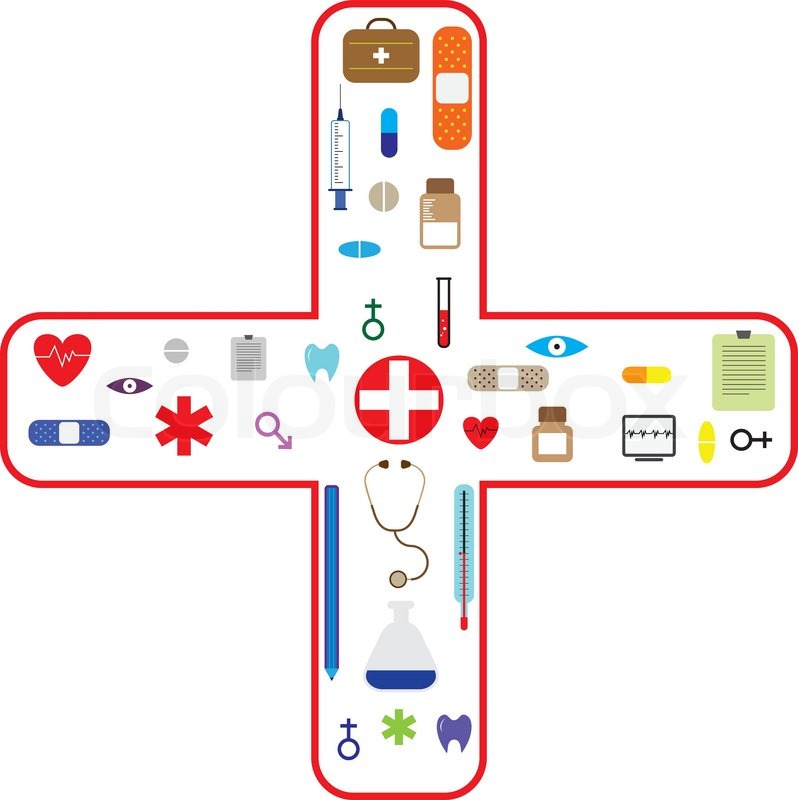Table of Content
Determinations made by the State mental health or intellectual disability authority as to whether NF level of services and specialized services are needed must be based on an evaluation of data concerning the individual, as specified in paragraph of this section. The facility must ensure that the post-acute care standardized patient assessment data, data on quality measures, and data on resource use is relevant and applicable to the resident's goals of care and treatment preferences. The Government will work with citizens, the NHS, Local Governments and other key stakeholders to co-produce a comprehensive national plan for supporting and enabling integration between health and social care. The development of the strategy will include a renewed focus on outcomes, empowering local leaders and wider system reforms.
To complete the competency evaluation successfully an individual must pass both the written or oral examination and the skills demonstration. A State approved entity which is neither a skilled nursing facility that participates in Medicare nor a nursing facility that participates in Medicaid. The State must ensure that a licensed psychologist identifies the intellectual functioning measurement of individuals with IID or a related condition. A comprehensive drug history including current or immediate past use of medications that could mask symptoms or mimic mental illness. For both categorical and individualized determinations, findings of the evaluation must be interpreted and explained to the individual and, where applicable, to a legal representative designated under State law. The first set of annual reviews on residents who entered the NF prior to January 1, 1989, must be completed by April 1, 1990.
U.S. Office of Personnel Management
Before sharing sensitive information, make sure you're on a federal government site. Idmatch.gov.au Identity matching services that help verify and protect your identity. Our team of professional writers guarantees top-quality custom essay writing results.

Psychiatric Residential Treatment Facility means a facility other than a hospital, that provides psychiatric services, as described in subpart D of part 441 of this chapter, to individuals under age 21, in an inpatient setting. The State intellectual disability authority has responsibility for both the evaluation and determination functions for individuals with IID whereas the State mental health authority has responsibility only for the determination function. An individual is a readmission if he or she was readmitted to a facility from a hospital to which he or she was transferred for the purpose of receiving care.
Services
The facility is not relieved of its obligation to provide this information to the individual once he or she is able to receive such information. Follow-up procedures must be in place to provide the information to the individual directly at the appropriate time. The resident has a right to have family member or other resident representative meet in the facility with the families or resident representative of other residents in the facility. The facility must provide a designated staff person who is approved by the resident or family group and the facility and who is responsible for providing assistance and responding to written requests that result from group meetings.

The facility must ensure that a resident who has a prosthesis is provided care and assistance, consistent with professional standards of practice, the comprehensive person-centered care plan, and the residents' goals and preferences, to wear and be able to use the prosthetic device. For nursing facility residents with a mental disorder or related disabilities, the mailing and email address and telephone number of the agency responsible for the protection and advocacy of individuals with a mental disorder established under the Protection and Advocacy for Mentally Ill Individuals Act. The resident has a right to choose activities, schedules , health care and providers of health care services consistent with his or her interests, assessments, plan of care and other applicable provisions of this part. Abuse is the willful infliction of injury, unreasonable confinement, intimidation, or punishment with resulting physical harm, pain or mental anguish.
What's the state of child care in your state?
The physician or other licensed practitioner permitted by the state and the facility to order restraint or seclusion must sign the restraint or seclusion order in the resident's record as soon as possible. The emergency safety situation that required the resident to be restrained or put in seclusion. Emergency safety situation means unanticipated resident behavior that places the resident or others at serious threat of violence or injury if no intervention occurs and that calls for an emergency safety intervention as defined in this section.

She completed her residency training in internal medicine and global health fellowship at the University of California, San Francisco. His responsibilities include implementing Humana’s integrated care delivery strategy, with an emphasis on advancing the company’s clinical capabilities and core objective of improving the health outcomes of our members. He leads Humana’s Care Delivery Organization, clinical operations, and the Bold Goal population health strategy. Dr. Shrank most recently held the position of Chief Medical and Corporate Affairs Officer (July 2019-July 2021) during which time he reorganized and advanced our government affairs division.
As high-risk members represent a high-cost group, the most benefit can be gained by targeting these members. • ACOs that had higher rates of PCMH primary care practices were more likely to generate savings. Advanced primary care, and PCMHs in particular, contribute to an ACO’s success in quality improvement and generating savings.
The facility must store drugs under proper conditions of sanitation, temperature, light, humidity, and security. Dental care needed for relief of pain and infections, restoration of teeth, and maintenance of dental health. Opportunity for motion and exercise must be provided for a period of not less than 10 minutes during each two hour period in which restraint is employed, and a record of such activity must be kept. Restraints must be designed and used so as not to cause physical injury to the client and so as to cause the least possible discomfort.
Before allowing an individual to serve as a nurse aide, a facility must seek information from every State registry established under sections 1819 or 1919 of the Act that the facility believes will include information on the individual. Providing care includes but is not limited to assessing, evaluating, planning and implementing resident care plans and responding to resident's needs. A resident with limited mobility receives appropriate services, equipment, and assistance to maintain or improve mobility with the maximum practicable independence unless a reduction in mobility is demonstrably unavoidable. A resident with limited range of motion receives appropriate treatment and services to increase range of motion and/or to prevent further decrease in range of motion. Preadmission screening for individuals with a mental disorder and individuals with intellectual disability.

The facility must conduct such discussion in a language that is understood by the resident's parent or legal guardian. The discussion must provide both the resident and staff the opportunity to discuss the circumstances resulting in the use of restraint or seclusion and strategies to be used by the staff, the resident, or others that could prevent the future use of restraint or seclusion. The facility must document in the resident's record that the parent or legal guardian has been notified of the emergency safety intervention, including the date and time of notification and the name of the staff person providing the notification.
Effective from May 2006 , all covered entities using electronic communications (e.g., physicians, hospitals, health insurance companies, and so forth) must use a single new NPI. The NPI replaces all other identifiers used by health plans, Medicare, Medicaid, and other government programs. However, the NPI does not replace a provider's DEA number, state license number, or tax identification number. The NPI cannot contain any embedded intelligence; in other words, the NPI is simply a number that does not itself have any additional meaning.


No comments:
Post a Comment